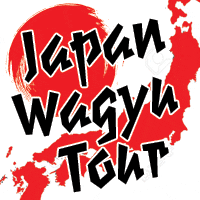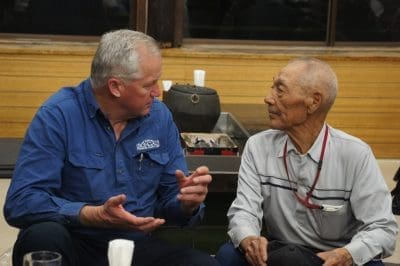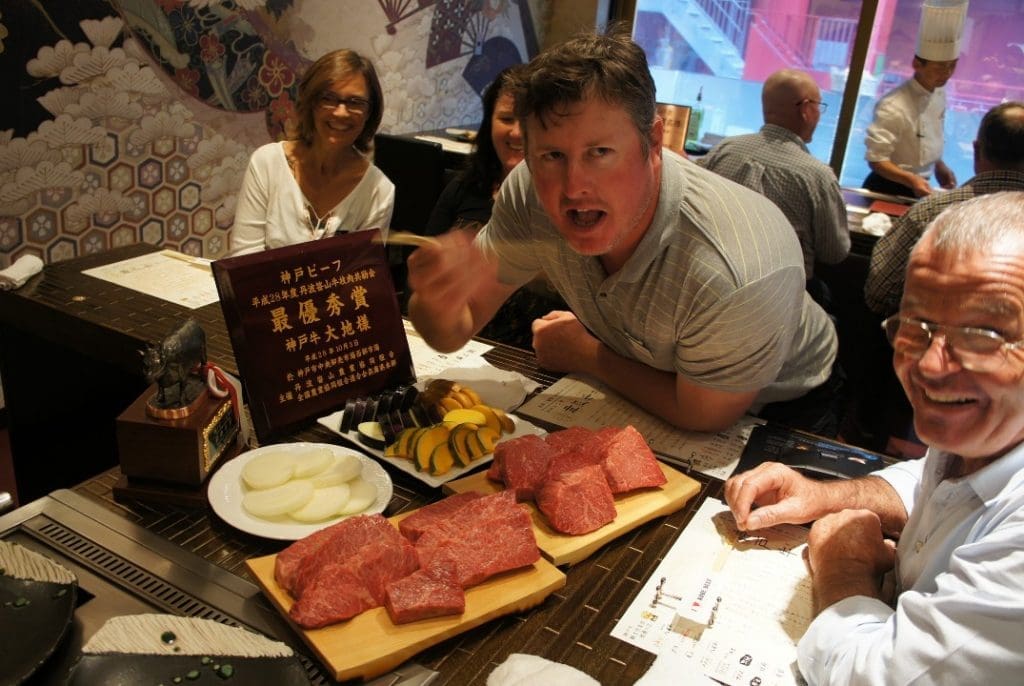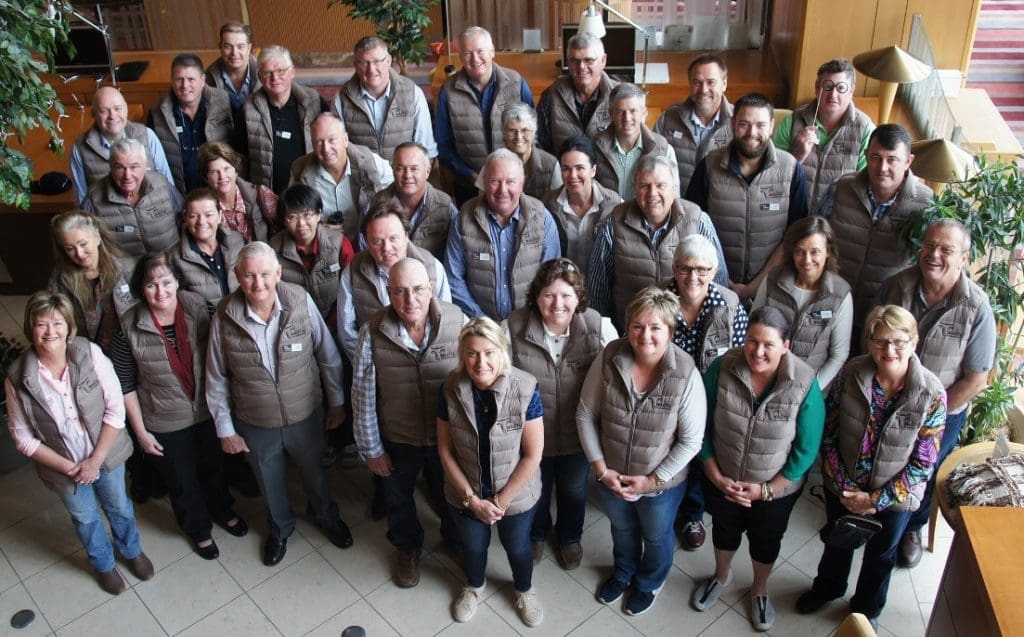AUSTRALIAN Wagyu industry representatives in Japan this week for the National Wagyu Exhibition have for the first time held talks with their counterparts from Japan’s National Wagyu Registry Association.
 The meeting in Kyoto was significant, because there has been little dialogue between the respective countries’ breed administration bodies, to this point.
The meeting in Kyoto was significant, because there has been little dialogue between the respective countries’ breed administration bodies, to this point.
The Japanese association has not previously made itself available for such discussions, despite earlier approaches from AWA. But the momentum being seen in Wagyu cattle breeding in Australia may be helping change that. Total production from the Japanese herd is trending downwards, and at some point in the next five years, Australian Wagyu production (F1 to Fullblood) is likely to exceed Japan’s own Wagyu industry in size.
Australian Wagyu Association president Peter Gilmour had what he described as a ‘successful and productive’ meeting last week with Japan’s National Wagyu Registry Association president Mr Fumio Mukai and staff, in the first steps towards building a relationship between the world’s two largest Wagyu breeding nations.
“The Japanese body is not dissimilar to the AWA, in that it is a not-for-profit organisation responsible for the pedigree recording, data collection and verification (using nose-prints, similar to fingerprints) for each registered animal, whereas the AWA now uses DNA,” he said.
“At some point in the next five years, Australian Wagyu production is likely to exceed Japan’s own Wagyu industry in size”
“We told our counterparts that we recognise that the Japanese breeding industry has a complete leadership position in the world of Wagyu. However it was also important to recognise that significant genetic material has been sold out of the country, with around 400 Japanese Wagyu forming the genetic base of what was now 36,000 Fullblood Wagyu registered animals in Australia, established over 25 years of breeding. These genetics have spread across the country to produce now around 380,000 Crossbred Wagyu ranging from F1 50pc up to F4 93pc Purebred Wagyu.”
“As associations, if we don’t establish some dialogue, we could think the worst of each other, and it becomes a fight to the bottom. If we do talk, we may well find some common ground, helping each other along. Establishing some international standards may be important, and we have a unique opportunity to influence the rest of the world,” Mr Gilmour said.

Australian Wagyu Association presdient Peter Gilmour with Shogo Takeda at his Wagyu restaurant near his farm on the island of Hokkaido
“The important message we left with them was that as the Australian association, we would like to start communicating with them – there is a need for sharing information, in areas like managing product integrity, for example,” he said.
“It was an encouraging first step.”
Beef Central asked Mr Gilmour whether there was a risk that the Japanese would interpret Australia’s request for such a meeting as an opportunity to lobby for greater access to Japanese Wagyu genetics.
“We knew that they would be very sensitive about such requests, and the subject was not raised by us, for obvious reasons,” he said.
“What they did say was that Japan’s Wagyu industry was a closed herd for the past 80 years, and they had no plans for that to change.”
Mr Gilmour impressed on the Japanese association representatives that Australia might go past Japan in volume of Wagyu production in the next five years, and that Australia was becoming a force to be reckoned with in the Wagyu beef world.
“We felt they took that on board, and appreciated the importance of trying to share information,” he said.
Archive records trace back 100 years
During his visit, Mr Gilmour had the privilege of visiting the association’s archive room, housing historic scrolled pedigree records dating back to the early 1900s, right through to modern digital pedigree and performance records of each nose print digitally recorded on a server. The database is critical to allow the empirical measurement and carcase data to be measured against genetic records.
In the calf registry, there are around 450,000 head recorded, in the breeding cow registry around 570,000 head, and in fed cattle, around 450,000 head per year.
The Japanese association has a membership of 61,000 breeders, making it some 100 times bigger than the Australian Wagyu Association.

AWA tour group member Baden Crittle. from Comet, Qld, can’t wait to devour a mountain of award-winning 100pc Tajima Kobe beef, after a Kobe beef seminar in the city of the same name. Click on image for a larger view.

